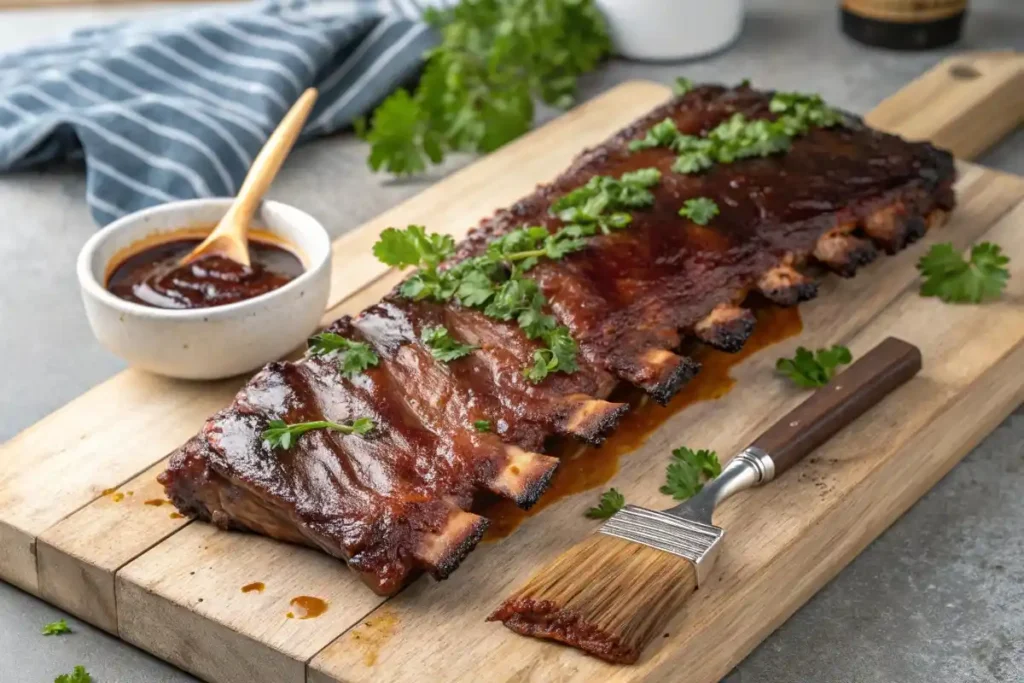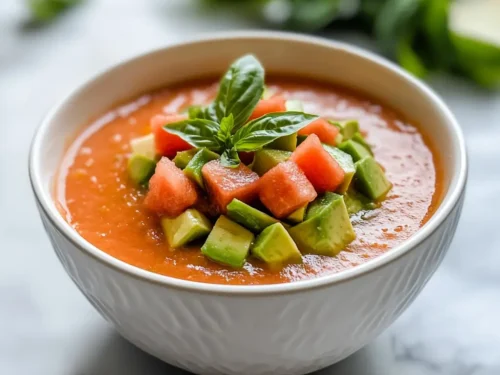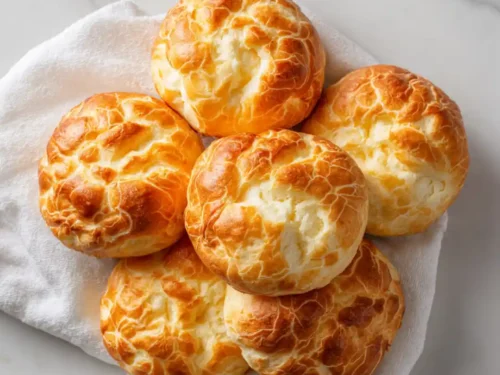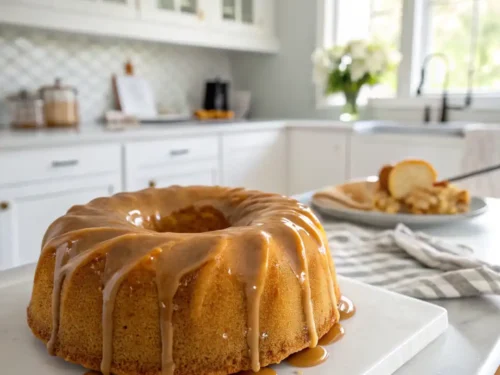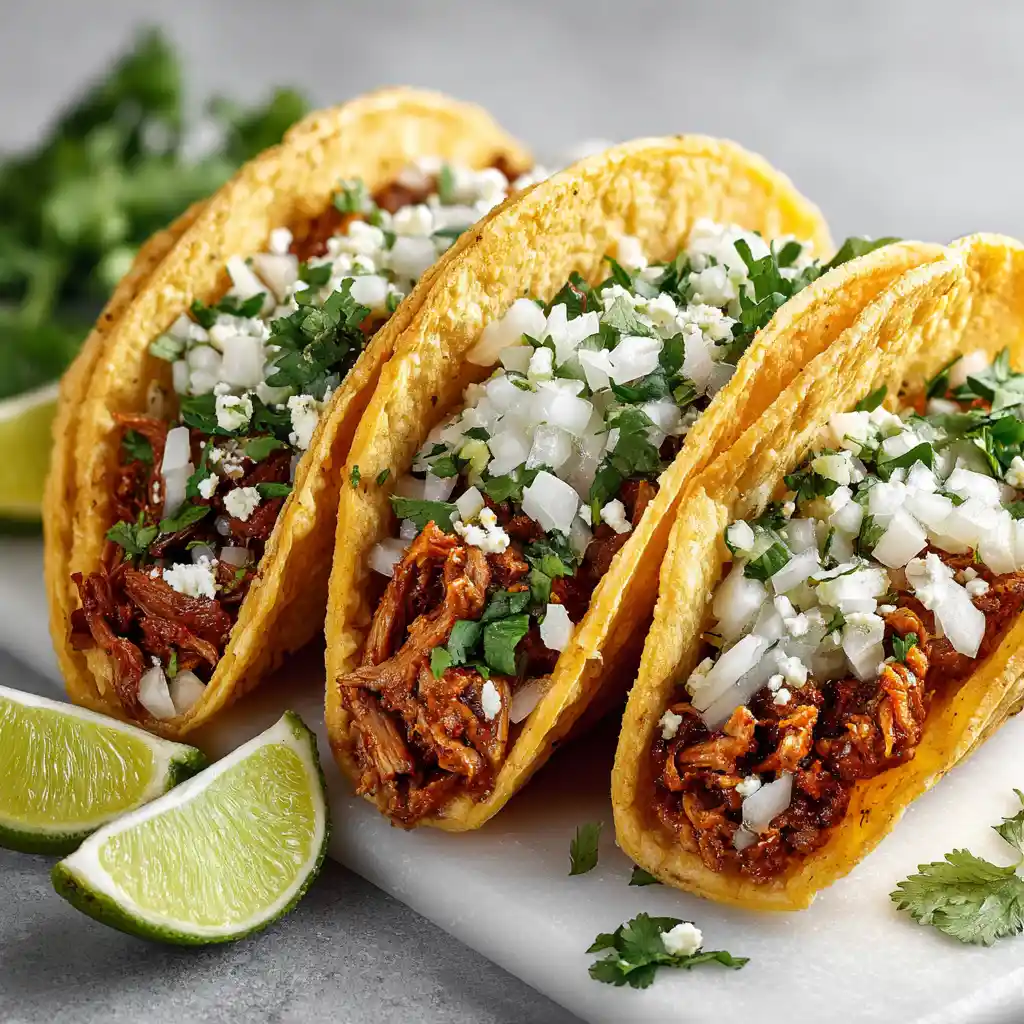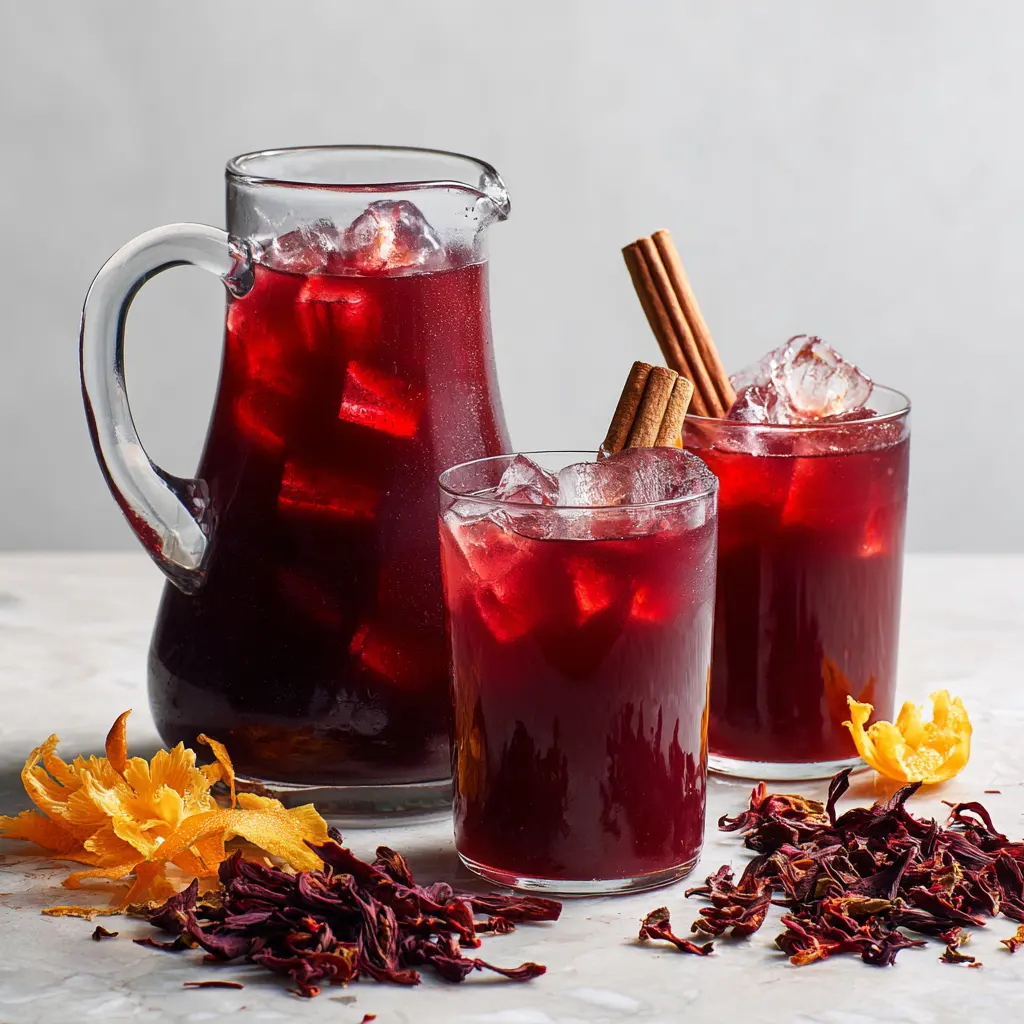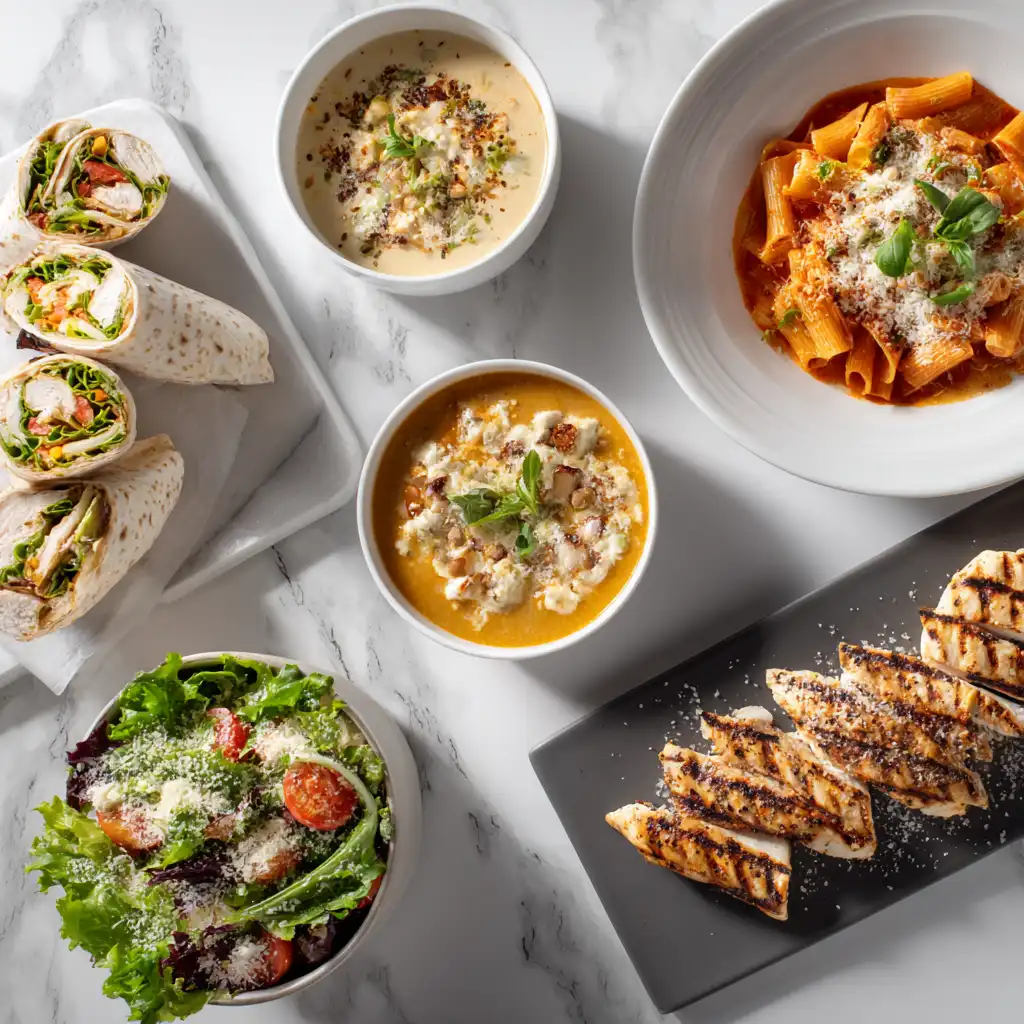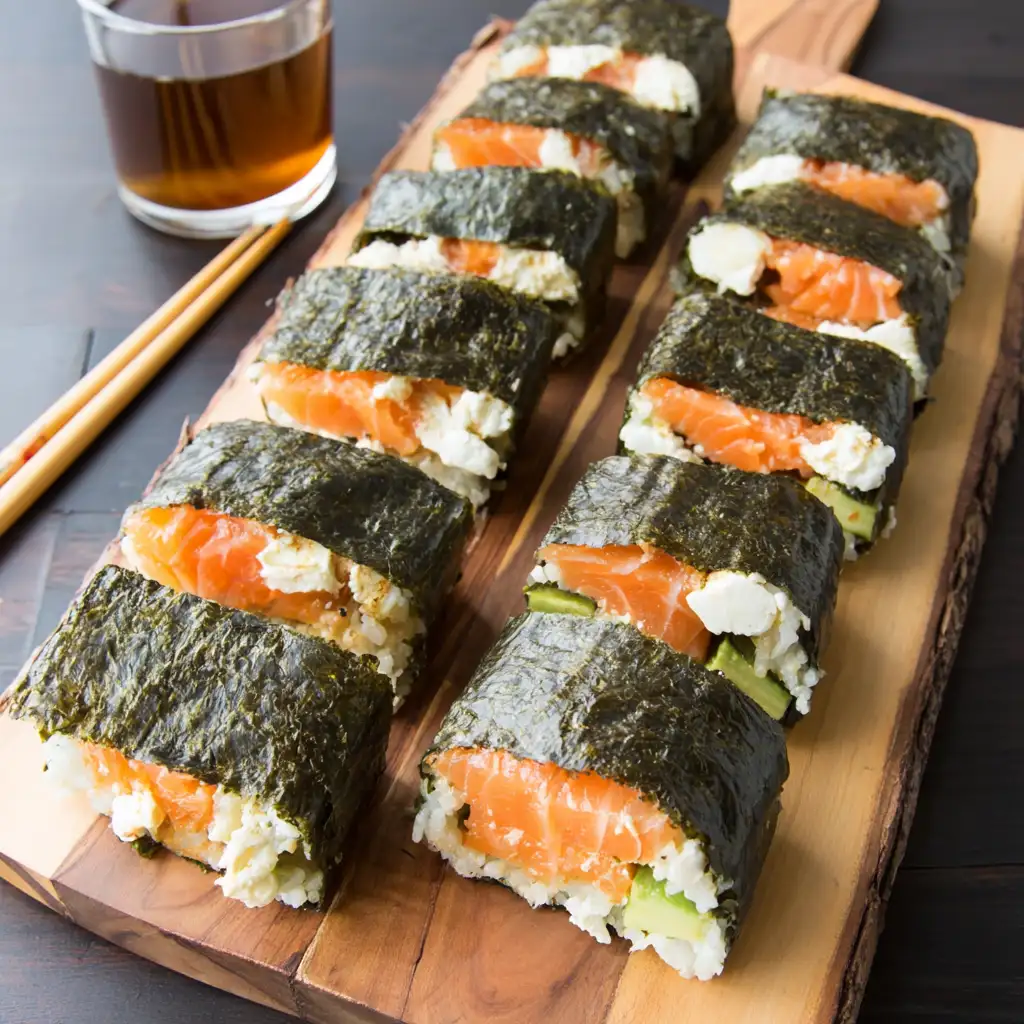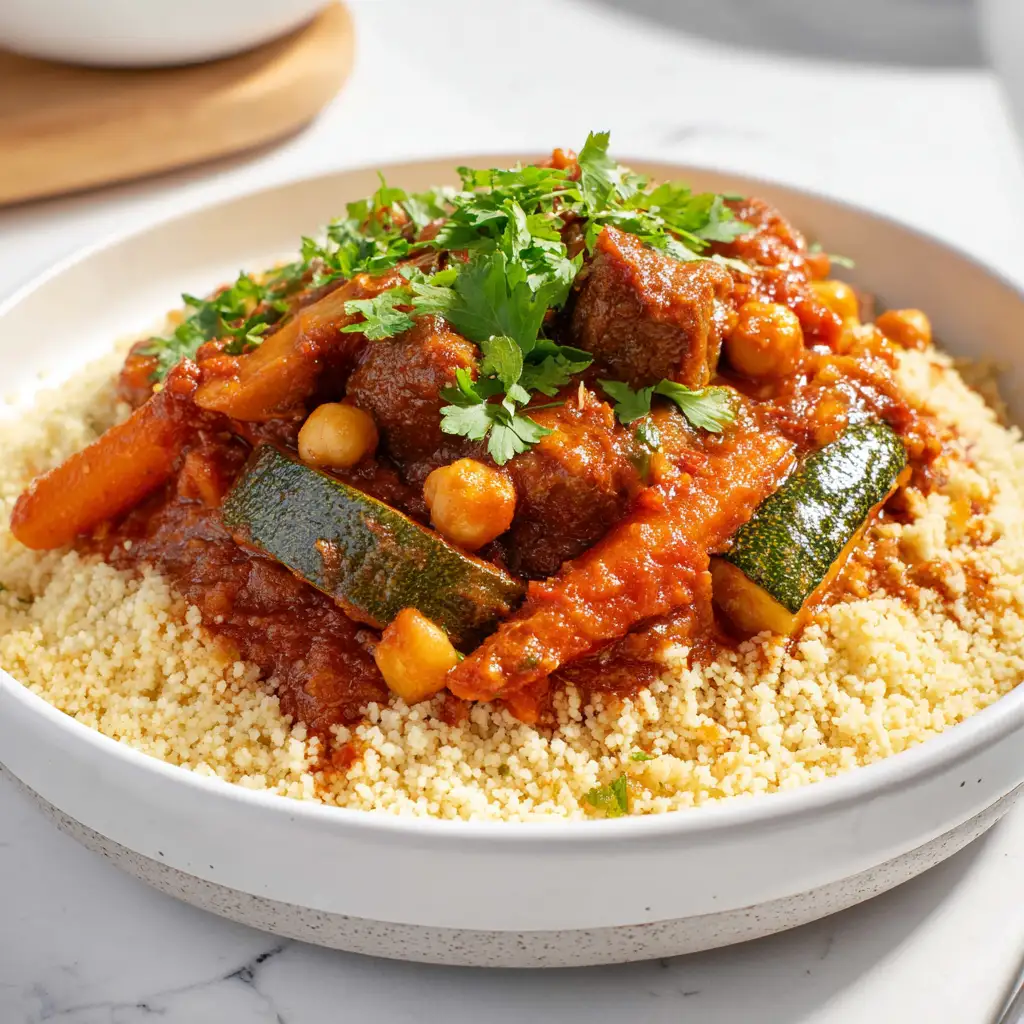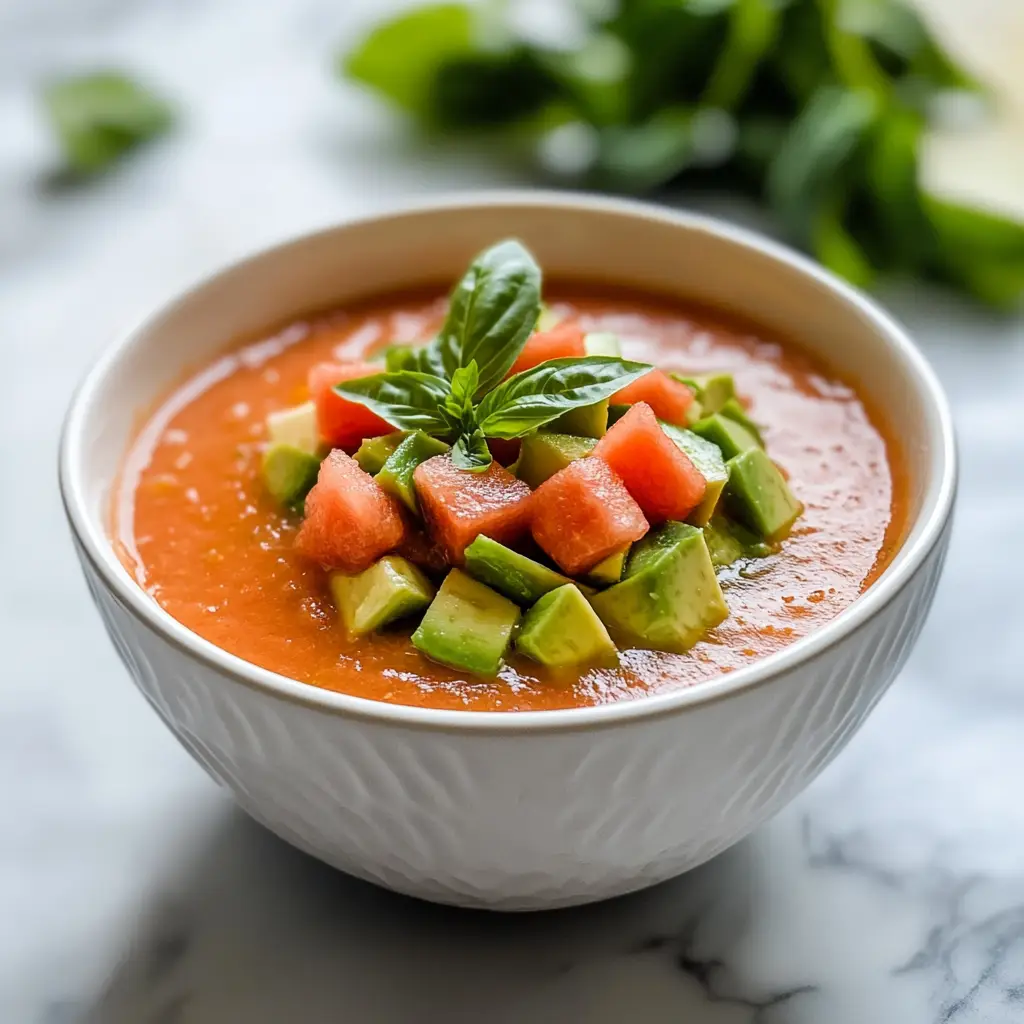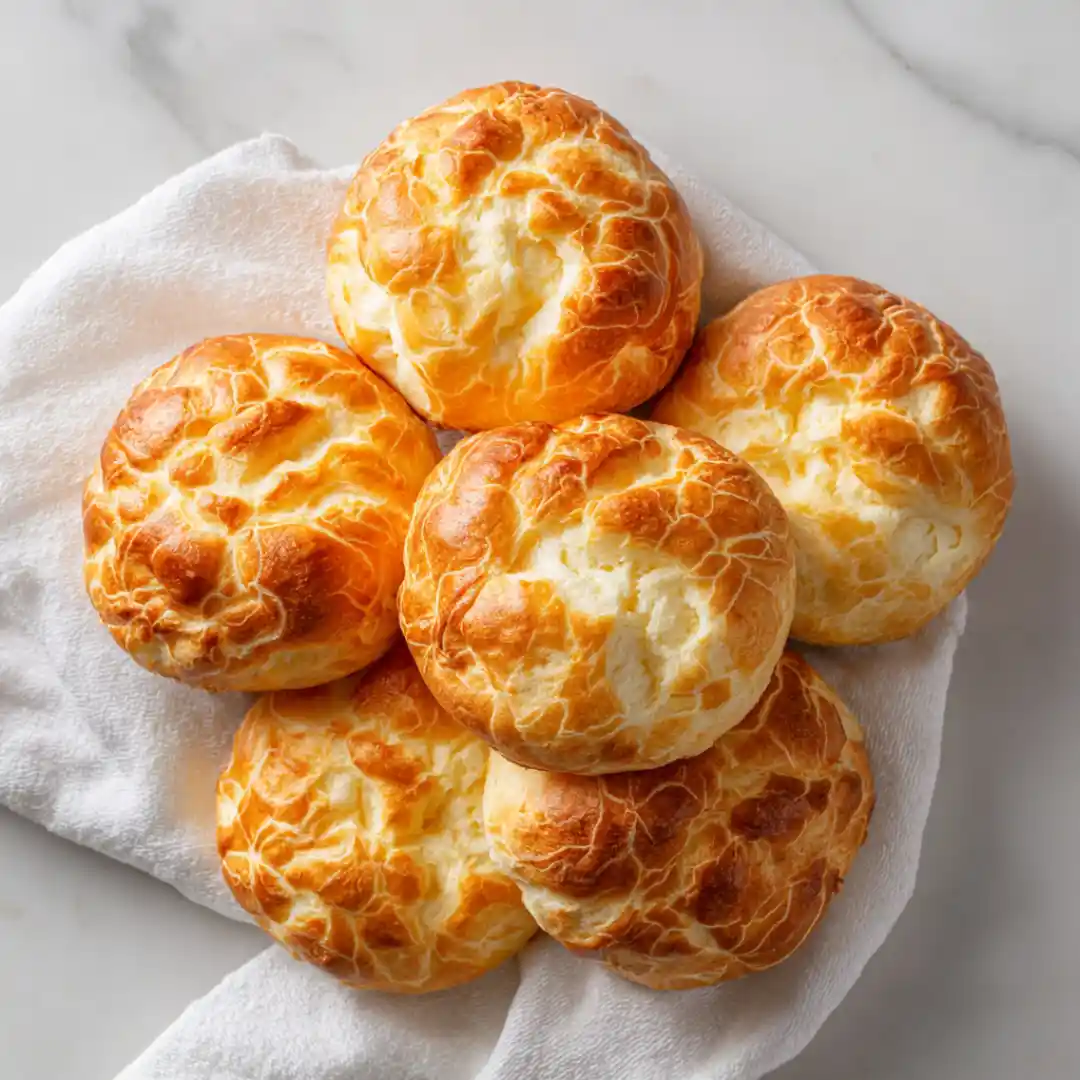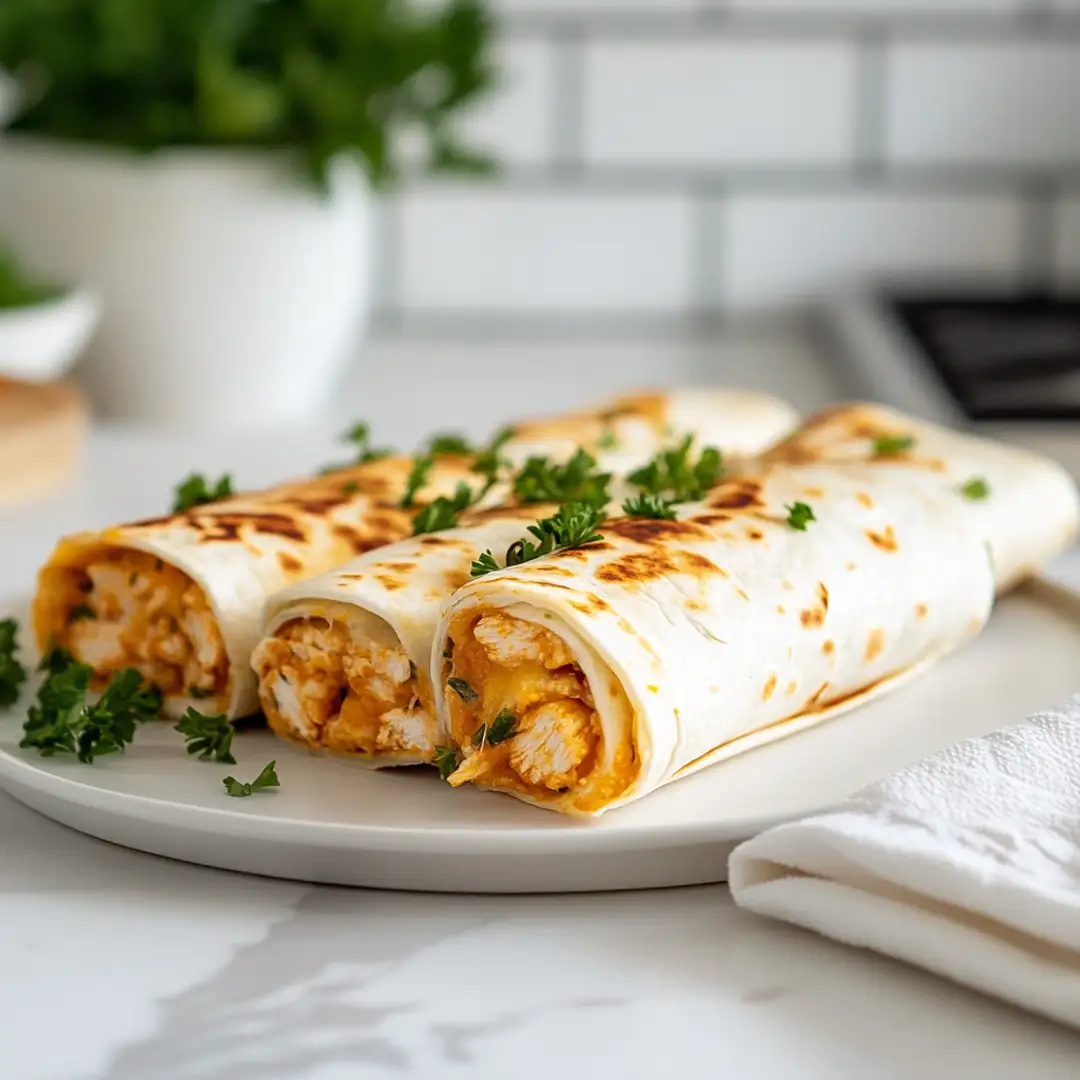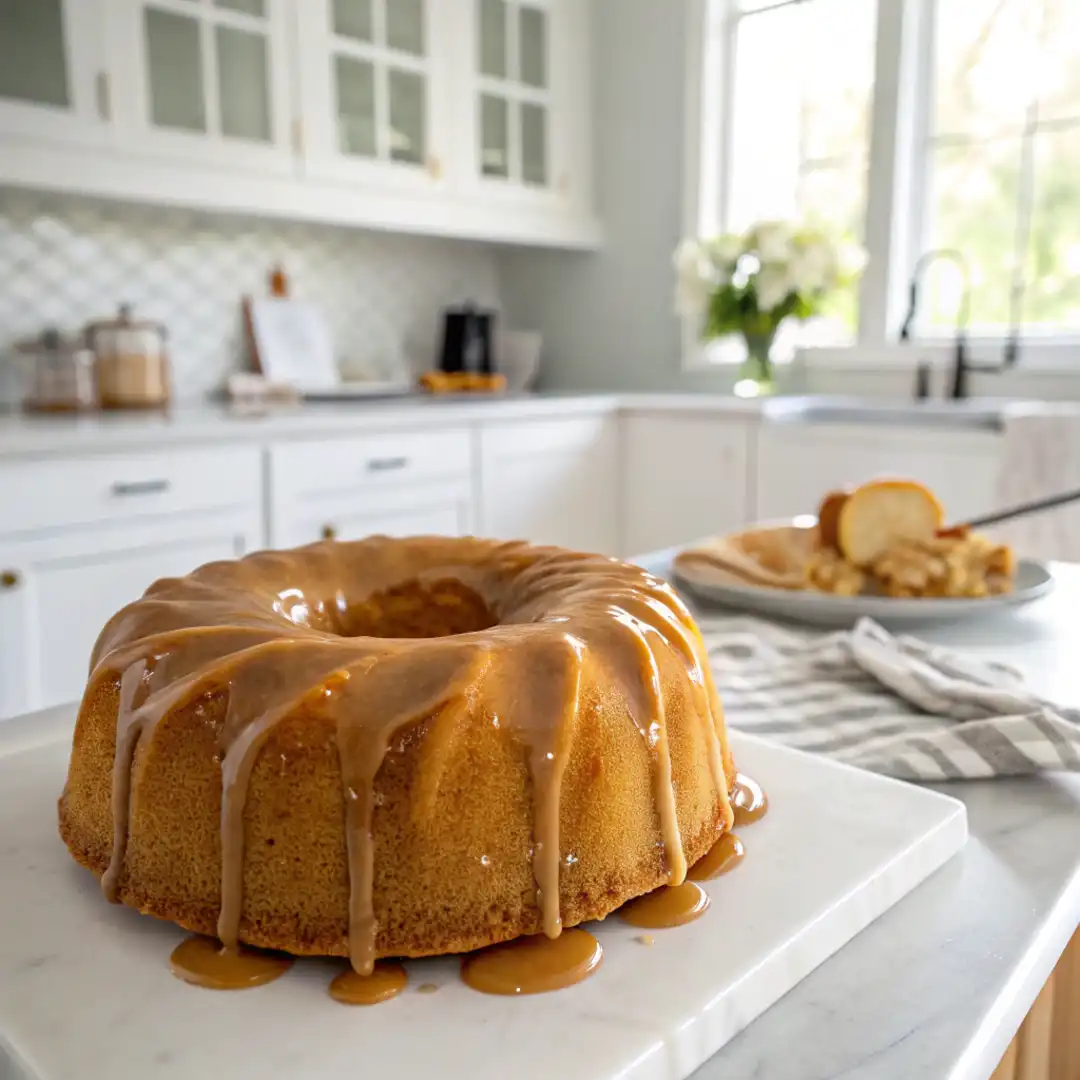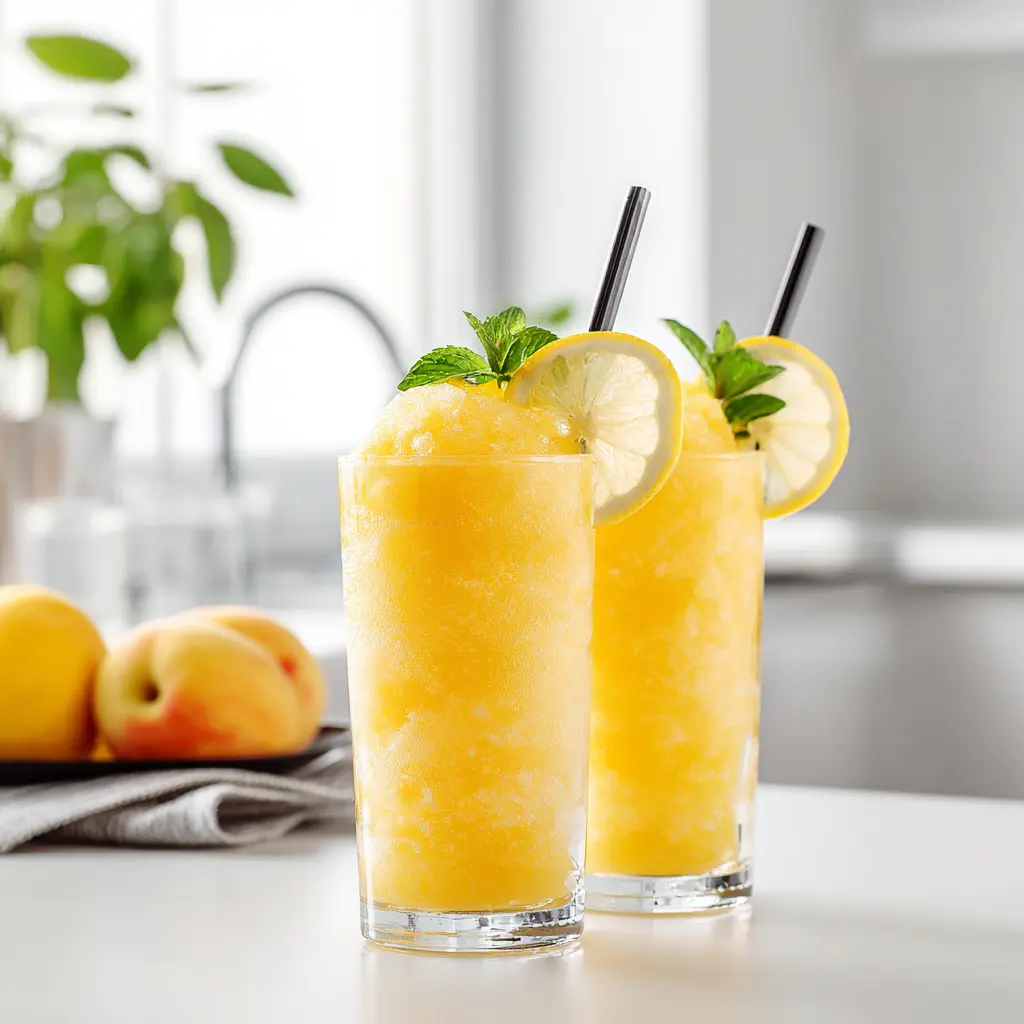Beef Back Ribs Recipe lovers, gather ‘round, because this is the one you’ll come back to again and again. Whether you’re planning a cozy Sunday dinner, a backyard BBQ bash, or just craving something richly satisfying, these ribs are here to steal the show. With their deep, beefy flavor and melt-in-your-mouth tenderness, they’re the kind of dish that makes people close their eyes after the first bite.
And here’s the best part: you don’t have to be a grill master or pit boss to nail it. This guide breaks down everything from prep to plating, making this the only beef back ribs recipe you’ll ever need.
Why Choose Beef Back Ribs?
Imagine sinking your teeth into tender, flavor-packed meat that practically slides off the bone. That’s the magic of beef back ribs. They’re typically larger than some other rib varieties, offering a pronounced beef flavor that stands up well to intense seasonings and sauces. While they don’t boast thick layers of meat, what is there is incredibly marbled and becomes ultra-tender when cooked “low and slow.” This approach melts the connective tissues and marbled fat, creating a sumptuous texture few other cuts can rival.
How They Fit Different Occasions
From festive summer barbecues to cozy Sunday dinners, beef back ribs adapt to diverse occasions. Picture a casual weekend gathering in your backyard: the grill is fired up, the aroma of smoky ribs hovers in the air, and friends or family circle around to enjoy conversation and hearty food. Alternatively, imagine a chilly evening indoors: your oven slowly bakes the ribs for hours, the house fills with mouthwatering scents, and you serve them with roasted vegetables and warm bread. Beef back ribs suit both laid-back get-togethers and more intimate family meals.
Key Tools and Ingredients for Stellar Results
Essential Kitchen Tools
- Sharp Knife and Cutting Board: Trimming excess fat or removing silver skin is much easier with a well-honed knife.
- Paper Towels: Provide traction when peeling off the tough membrane on the underside of the ribs.
- Kitchen Shears: Handy for slicing away stray bits of fat or shaping the rack.
- Rib Rack (Optional): Lets you cook multiple slabs upright, useful if you have limited grill space.
- Basting Brush: Distributes sauce or marinade evenly without disturbing the seasoning.
- Aluminum Foil or Butcher Paper: Seals moisture during cooking, essential for oven or smoker methods.
- Meat Thermometer: Keeps track of internal temperatures, preventing undercooked or overdone ribs.
Core Ingredients
- Beef Back Ribs: The star. Look for racks with evenly sized bones and a nice layer of meat on top.
- Dry Rub Mix: Usually a combination of salt, pepper, smoked paprika, garlic powder, onion powder, and a touch of brown sugar for sweetness.
- Marinade (Optional): Components like olive oil, soy sauce, vinegar, Worcestershire sauce, and garlic can be used to tenderize. Marinades are especially helpful if you plan to leave the ribs overnight.
- Sauces: From tangy barbecue sauces to sweet honey glazes, the final brush of sauce can define the ribs’ character.
- Additional Seasonings: Chili powder for heat, cumin for an earthy note, or even dried herbs like rosemary for an aromatic twist.
Selecting the Perfect Rack of Beef Back Ribs
Understanding Marbling and Freshness
Marbling refers to the thin streaks of fat interspersed within the lean muscle. Fat melts during cooking, adding flavor and moisture, so moderate marbling is a good sign. Look for a bright red color with no brownish spots, which might indicate older meat. Also, avoid ribs that feel slimy or have an odd smell.
Grass-Fed vs. Grain-Fed
- Grass-Fed Beef: Often leaner, with a slightly nuanced, earthier flavor. Some people prefer it for health reasons, as it may contain more Omega-3 fatty acids.
- Grain-Fed Beef: Tends to be richer in marbling, yielding a more tender, juicier texture. Often favored by grill experts who prize the melt-in-your-mouth result.
Anatomy: Where the Flavor Hides
Beef back ribs come from the top portion of the rib cage, near where high-end steaks like ribeye are cut. Butchers trim away most of the prime meat, leaving pockets around the bones that deliver intense flavor. When these pockets meet heat over time, the collagen and fat dissolve, basting the meat in its own juices.
Getting the Ribs Ready: Key Preparations
Trimming Excess Fat
While some fat is beneficial, large, hard pieces don’t render well. Use a sharp knife to pare them down, leaving a thin cover to maintain flavor.
Membrane Removal
Flip the ribs so the underside faces up. Slide a knife under the membrane at one corner, then grip it with a paper towel and pull. Removing this membrane enables seasonings to penetrate better and ensures a more tender bite.
Choosing Between Marinating or Dry Rubbing
- Marinating: Ideal when you have time to let the ribs soak up flavor, overnight works best. Marinades typically include something acidic like vinegar or citrus juice to help break down tougher fibers.
- Dry Rub: Quick and straightforward, a dry rub forms a flavorful crust during cooking. You can also marinate first, then apply a rub for an extra layer of taste.

Popular Cooking Methods: Find Your Style
Smoking
Smoking is the classic choice if you want layers of smoky depth permeating every morsel of the meat. Set your smoker to around 225°F. Hickory and oak are beloved options for beef, though fruitwoods like cherry add a subtle sweetness. The key is to maintain a steady temperature over 4–6 hours. Monitor the smoker’s heat level, and add wood chips or chunks periodically for continuous smoke. The “low and slow” technique allows the connective tissue to break down gently, leading to fork-tender results.
Grilling
Grilling delivers beautiful char marks and a slight crust on the edges. Preheat your grill to medium (about 350–375°F). Cook the ribs indirectly first, placing them away from direct flames. This method mimics oven-roasting while still infusing a grilled essence. For the final 10–15 minutes, shift the ribs over direct heat to caramelize the sauce or crisp up any bark formed by the dry rub. Keep an eye out for flare-ups, as the fat in the ribs can drip onto hot coals or burners.
Oven-Baking
If you don’t have outdoor space or simply prefer the convenience of indoors, the oven method is a reliable go-to. Heat the oven to 275°F, wrap the ribs in foil or butcher paper to retain moisture, and let them bake for 3–4 hours. You can walk away without worrying about temperature fluctuations like you might with a grill or smoker. Toward the end, remove the wrapping, brush on your sauce, and broil briefly for a hint of crispness.
Pressure Cooking
Pressed for time? A pressure cooker can transform tough ribs into tender bites in under an hour. Add a cup of water, broth, or marinade, then cook the ribs on high pressure for 25–30 minutes. Once pressure releases, finish by broiling or grilling them with sauce for extra color.
Step-by-Step Recipe for Mouthwatering Beef Back Ribs
Ingredients:
- 2–3 lbs beef back ribs
Dry Rub:
- 2 tbsp brown sugar
- 1 tbsp smoked paprika
- 1 tsp garlic powder
- 1 tsp onion powder
- 1 tsp salt
- 1/2 tsp black pepper
- 1/2 tsp cayenne pepper (optional)
Marinade (Optional):
- 1/4 cup olive oil
- 2 tbsp soy sauce
- 1 tbsp Worcestershire sauce
- 2 tbsp apple cider vinegar
- 1 tbsp minced garlic
Sauce (e.g., barbecue or honey glaze)
Preparation:
- Trim and remove the membrane from your ribs.
- If marinating, combine marinade ingredients and soak ribs for at least 4 hours or overnight. Otherwise, apply dry rub directly, pressing it into the meat.
Smoking Directions:
- Preheat the smoker to 225°F.
- Place ribs on the rack, bone side down.
- Smoke for 4–6 hours, adding wood chips as needed.
- Baste with sauce in the final hour if desired.
- Ribs are done when they reach 190–205°F internally or when they pass the bend test—lift them with tongs, and if the meat cracks slightly, they’re ready.
Grilling Directions:
- Preheat the grill to medium (350–375°F).
- Set up indirect and direct cooking zones.
- Cook ribs over indirect heat for 1.5–2 hours, flipping once midway.
- Move them to direct heat for 10–15 minutes, brushing with sauce to form a caramelized crust.
- Use a meat thermometer to check for an internal temp around 190–205°F.
Oven-Baking Directions:
- Preheat oven to 275°F.
- Wrap seasoned ribs in foil or butcher paper.
- Bake on a tray for 3–4 hours.
- Unwrap, apply sauce, and broil for 5–10 minutes to add color.
- Rest before slicing to keep juices locked in.
Pressure Cooking Directions:
- Season or marinate ribs beforehand.
- Add 1 cup liquid (water, broth, or marinade) to the pressure cooker.
- Cook on high pressure for 25–30 minutes, then let the pressure release naturally for 10 minutes.
- If you want a glazed finish, coat with sauce and broil or grill briefly.
Sauce Options to Elevate Your Ribs
DIY Barbecue Sauce
Whip up your own sauce by blending ketchup, apple cider vinegar, brown sugar, Worcestershire sauce, and a dash of spices. Simmer until thickened. Tailor sweetness or heat to taste. Homemade sauce is a terrific way to personalize your ribs.
Store-Bought Sauces
If time is short, choose a high-quality store-bought sauce with minimal preservatives. Focus on flavor profiles that match your rub, smoky, spicy, sweet, or tangy. A thicker sauce tends to cling better to the ribs, giving a lovely glaze.
When to Sauce
Sauce can burn if exposed to direct heat too long due to its sugar content. Apply it in the final 10–15 minutes of cooking. Alternatively, serve sauce on the side so guests can drizzle as they like.
Perfect Side Dishes and Serving Tips
Balancing the Meal
Because beef back ribs are rich, pair them with lighter, brighter sides:
- Crisp Coleslaw: A tangy slaw cuts through the richness.
- Green Salads: A fresh bowl of greens with a vinaigrette offers a counterpoint.
- Roasted Veggies: Carrots, zucchini, or bell peppers add sweetness and color.
- Simple Rice Dishes: Plain rice or a light pilaf soaks up sauces nicely.
Real-Life Example: Think of a summer picnic table. Alongside a platter of ribs, you might have a big bowl of coleslaw, a dish of baked beans, and warm bread. The interplay of crunchy cabbage, sweet beans, and savory ribs creates a harmonious spread everyone can appreciate.
Beverage Pairings
For a non-alcoholic beverage, try chilled lemonade with fresh mint. The citrusy, minty freshness counters the meaty intensity. Sparkling water infused with lemon or cucumber can also cleanse the palate between bites. If you prefer something a bit sweeter, iced tea or fruit punch complements spicier rubs.
Plating and Presentation
Lay the ribs on a large tray or wooden board. Drizzle a bit of sauce on top for a glistening finish. Garnish with chopped parsley or thinly sliced green onions for color. Surround them with your chosen sides in separate bowls or on small plates, giving each dish its own spotlight.
What to Serve with Beef Back Ribs Recipe
Let’s be honest, beef back ribs are the star of the show, but every star needs a strong supporting cast.
A side of perfect roasted potatoes brings just the right amount of crispy, golden comfort to the plate.
Want to lean into Southern flair?
Try a slice (or two) of Southern cornbread, it’s slightly sweet, a little crumbly, and totally made to mop up that juicy rib sauce.
If you’re craving something creamy and satisfying, the ranch beef bowtie skillet with sweet corn checks every box.
And if you’re going full Southern BBQ, don’t miss our tips on what goes with dirty rice, because a great side makes the whole meal sing.
Pro Tips for Top-Tier Beef Back Ribs
- Mind the Membrane: Never skip removing the membrane. This step significantly improves texture and flavor penetration.
- The Right Temperature: Use a thermometer to track internal heat. Aim for 190–205°F for tender results. Overcooked ribs risk drying out, while undercooked ones can be chewy.
- Go Low and Slow: Whether smoking, grilling, or baking, moderate heat over extended time ensures collagen breaks down fully.
- Rest the Ribs: After cooking, let them rest for 10 minutes under loose foil. Resting redistributes juices throughout the meat, so each bite remains moist.
- Experiment with Flavors: Don’t be afraid to switch up your rub. Try adding cayenne for heat or a pinch of cinnamon for an intriguing sweet note. You could also incorporate different hardwoods for smoking.

Storage and Leftovers: Keeping the Goodness Intact
Refrigeration
Once the ribs have cooled slightly, wrap them securely in foil or place them in an airtight container. They’ll stay fresh in the fridge for up to 3–4 days. Reheat in the oven at 250°F with a splash of water or broth to retain moisture.
Freezing
If you end up with extra ribs, freeze them. Wrap tightly to avoid freezer burn, then store in a sealed bag or container for up to 3 months. Thaw in the refrigerator before reheating.
Reheating
- Oven Method: Cover ribs loosely with foil and warm at 250°F until hot. Add a little sauce or liquid to prevent dryness.
- Grill Method: Reheat on low heat, basting with sauce near the end if needed.
- Microwave: Short bursts at medium power, using a microwave-safe cover or damp paper towel to keep them from drying out too quickly.
FAQs
Can I Cook Beef Back Ribs from Frozen?
How Long Should I Marinate Beef Back Ribs?
What’s the Best Temperature?
• Grilling: 350–375°F, keeping direct heat for the finishing stage.
• Oven-Baking: 275°F for 3–4 hours of gentle heat.
• Pressure Cooking: High pressure for about 25–30 minutes.
How Do I Know When They’re Done?
Your Roadmap to Unforgettable Beef Back Ribs
Beef back ribs offer a sensational eating experience, blending hearty beef flavors with a tenderness achieved through patience and the right approach. By selecting fresh, well-marbled ribs, properly prepping them, and employing a cooking method that suits your style, be it smoking, grilling, baking, or pressure cooking, you can craft a meal that’s sure to impress. A thoughtful sauce or rub adds the finishing flourish, while complementary sides round out the feast.
Remember, good cooking is part science (temperatures, times) and part art (seasonings, presentation). Experiment with different techniques, adapt the rub and marinades, and make the recipe your own. Before long, you’ll have your personal signature beef back ribs that family and friends request at every gathering. Enjoy every bite!

Beef Back Ribs Recipe Guaranteed to Make Your Mouth Water
Equipment
- Smoker or Oven
- Aluminum Foil
- Meat Thermometer
Ingredients
Beef Back Ribs
- 2-3 lbs beef back ribs trimmed and membrane removed
Dry Rub
- 2 tbsp brown sugar
- 1 tbsp smoked paprika
- 1 tsp garlic powder
- 1 tsp onion powder
- 1 tsp salt
- 0.5 tsp black pepper
- 0.5 tsp cayenne pepper optional
Marinade (Optional)
- 1/4 cup olive oil
- 2 tbsp soy sauce
- 1 tbsp Worcestershire sauce
- 2 tbsp apple cider vinegar
- 1 tbsp minced garlic
Sauce
- barbecue or honey glaze for basting or serving
Instructions
- Trim excess fat and remove membrane from the back of the ribs.
- If marinating, combine marinade ingredients and marinate ribs for at least 4 hours or overnight.
- Otherwise, apply dry rub evenly to the ribs and let sit for 30 minutes.
- Preheat your smoker to 225°F (or oven to 275°F).
- Place ribs on the smoker (bone side down) and smoke for 4–6 hours, or in the oven for 3–4 hours wrapped in foil.
- During the last hour of cooking, baste with sauce if desired.
- Ribs are ready when they reach an internal temperature of 190–205°F or pass the bend test.
- Let ribs rest for 10 minutes before slicing and serving.


